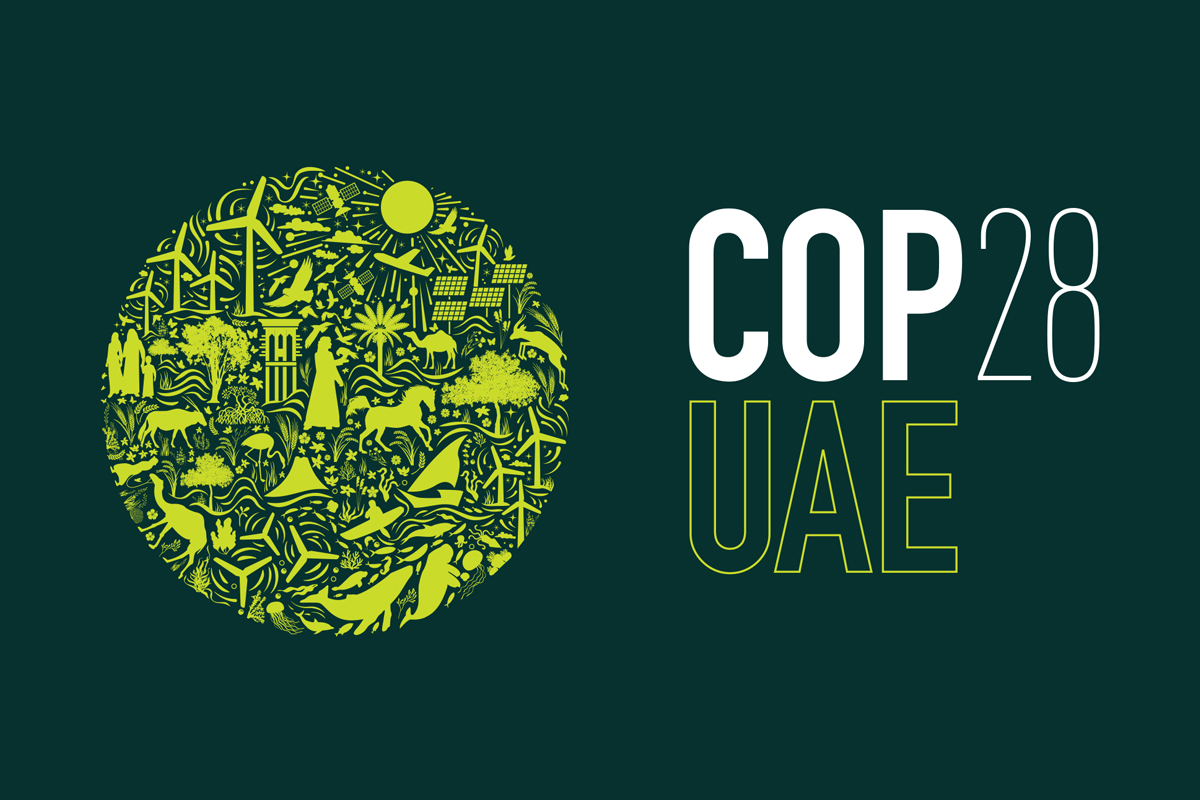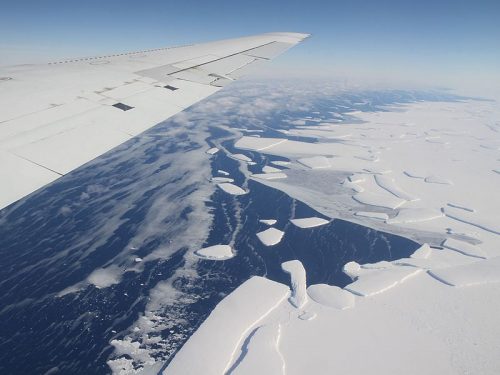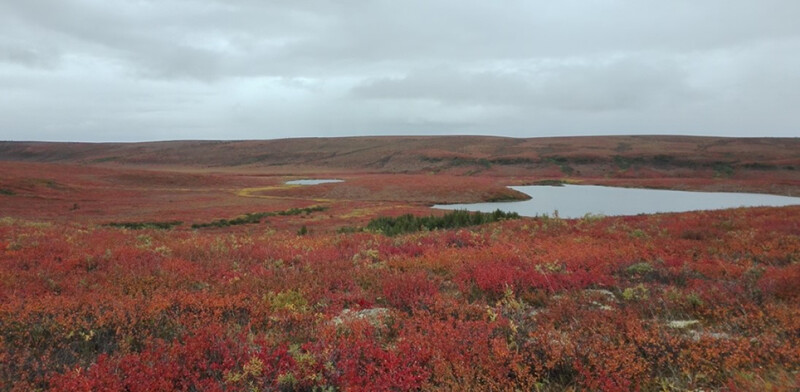Reindeer herders and scientists collaborate to understand Arctic warming
Predicting rain-on-snow events that turn tundra into ice could save reindeer and livelihoods The spring 2014 annual reindeer festival in Yar-Sale, a rural town on the Yamal Peninsula in Western Siberia, was a grim affair. A rainstorm followed by a…
Alaska communities must adapt as climate change transforms state, federal report says
Declining sea ice, thinning snowpack, thawing permafrost and other climate-driven changes are threatening the health, livelihoods and cultural practices of Alaskans across the state, according to a major new federal report. “Choose any societal issue you want — climate change is…
Relief, Recovery, and Peace: Iris Ferguson on COP28’s New Theme
In a new mini-series previewing the upcoming UN Climate Summit (COP28)’s new focus on relief, recovery, & peace, ECSP Program Director Lauren Risi spoke with Iris Ferguson, the US Department of Defense’s Deputy Assistant Secretary of Defense for Arctic and Global Resilience. Deputy…
Warming of 2C would trigger ‘catastrophic’ loss of world’s ice, new report says
Global warming of 2C would see “extensive, long-term [and] essentially irreversible” losses from the Earth’s ice sheets and glaciers, warns a new report. It would also lead to polar oceans that are “ice-free” in summer and suffering “essentially permanent corrosive…
The world’s boreal forests may be shrinking as climate change pushes them northward
Earth’s boreal forests circle our planet’s far northern reaches, just south of the Arctic’s treeless tundra. If the planet wears an Arctic ice cap, then the boreal forests are a loose-knit headband wrapped around its ears, covering large portions of Alaska, Canada,…
Norway launches Wildland Fires Initiative as part of Arctic Council chairship
With multiple northern nations experiencing a surge in wildfires in recent years, Norway has introduced a Wildland Fires Initiative as part of its Arctic Council chairship. “Wildland fires are a growing emergency, and a prime example of why we need…
Climate Change Brings Rapid Ice Loss to Antarctica, Arctic, Swiss Glaciers
This story includes details on the impacts of climate change that may be difficult for some readers. If you are feeling overwhelmed by this crisis situation here is a list of resources on how to cope with fears and feelings about the…
Arctic Sea Ice 6th Lowest on Record; Antarctic Sees Record Low Growth
Arctic sea ice likely reached its annual minimum extent on September 19, 2023, making it the 6th lowest year in the satellite record Arctic sea ice likely reached its annual minimum extent on Sept. 19, 2023, making it the sixth-lowest…
Arctic Soil Methane Consumption: A Deeper Look into its Impact in Drier Climates
Arctic wetlands have long been recognised as sources of the potent greenhouse gas methane (CH4). Conversely, well-drained soils play a crucial role in removing methane from the atmosphere. In the expansive Arctic and boreal biomes, these well-drained upland soils, with…








